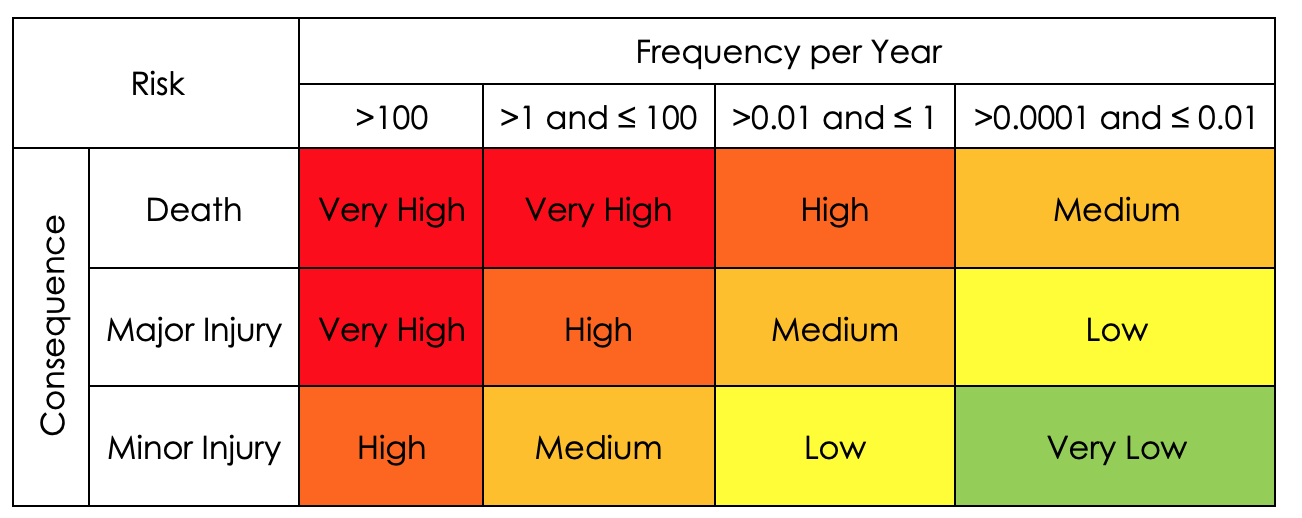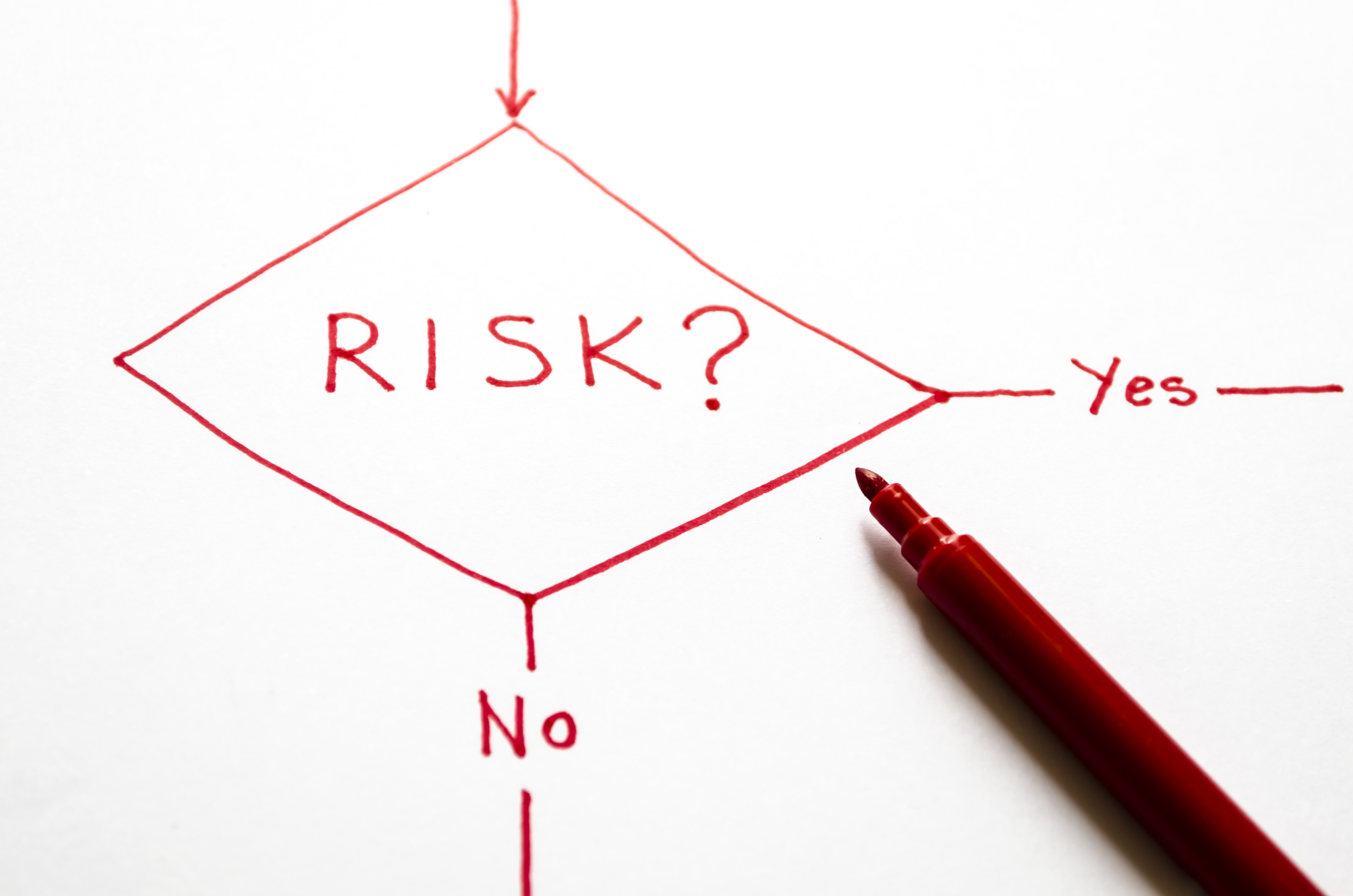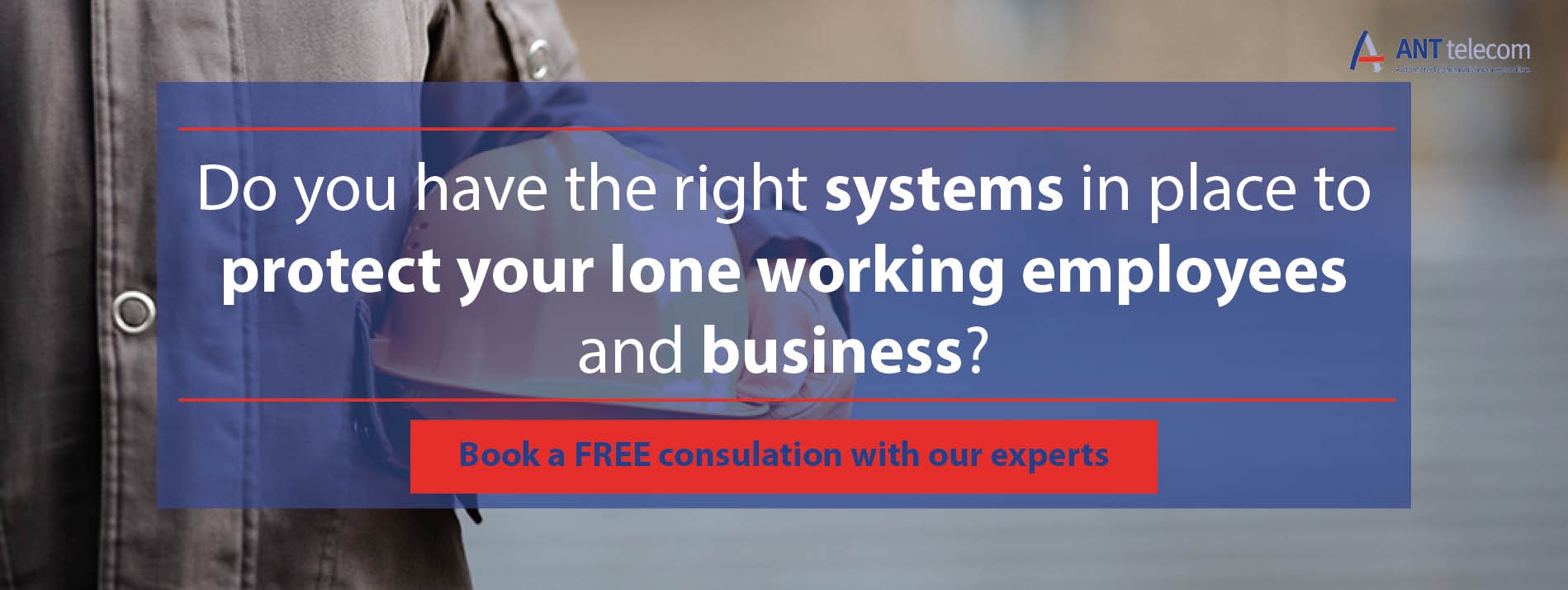Lone workers face the same health and safety risks as any other worker. The difference is that being alone increases the risk that an accident can have more severe consequences if help is not readily available or the worker is incapacitated.
Identifying these risks and assessing the potential consequences is essential in creating a safe working environment defining safe working practices for lone workers. The purpose of the risk assessment is to identify what measures need to be taken to control risks such that the safety of the lone workers is assured.
Why Do I Need to Conduct a Lone Working Risk Assessment?
The Health and Safety at Work Act 1974 imposes a duty of care on employers to ensure their employees' health, safety, and welfare as far as is reasonably practicable. This includes providing safe systems and a safe working environment. This requires employers to conduct a lone working risk assessment that will inform how this duty of care is implemented.
For any organisation that employs five or more workers, a documented risk assessment is a legal requirement. For smaller companies, the risk assessment may not need to be formally documented, but to do so is good practice.
What is a Risk Assessment?
All activities involve a level of risk, from making a cup of tea to sending a rocket into space. A risk assessment is a process of identifying all credible hazards for an activity, assessing the frequency that the hazard may cause harm, and assessing the consequences should the hazard occur. Then, the risks caused by the hazards are reduced, if necessary, to an acceptable level. We start by defining these terms in the context of lone working:
- A hazard is a situation that exposes the lone worker to danger. This could be entering an environment where hazardous gases have accumulated, climbing a ladder or operating a piece of machinery.
- A risk is a chance that the hazard will cause harm to the lone worker.
- A credible risk is one that could realistically occur in the normal working environment. A lone worker accessing air conditioning equipment on the roof of a building may be exposed to hazardous voltages or fall from height hazards. However, the risk of incapacitation due to a build-up of dangerous gases is unlikely to be credible.
- The frequency of risk occurrence is a measure of how often the risk may materialise. For a worker maintaining high voltage equipment, the potential frequency of exposure to the risk of electrocution will be high. For a worker in the same environment but whose duties do not involve accessing the inside of such equipment, the potential frequency will be low.
- The consequences of risk occurrence is a measure of the harm that exposure would bring. A worker experiencing a fall from ten metres onto a hard surface will suffer more significant injuries than a fall from two metres onto a soft surface.
The risk assessment result is a list of credible hazards, each with estimates of their occurrence frequency and probable consequences.
Frequencies are typically expressed in terms of how often, in a defined period such as a year, the worker could be exposed to a hazard. For example, exposure to the potential for a fall from a height may occur twice a day or around 450 times per year. By contrast, exposure to hazardous concentrations of gases may occur just once every ten years.
Consequences are typically expressed in terms of the degree of harm caused, categorised as death, serious injury or minor injury. Consequences can also be defined in terms of disruption to operations and damage to property to allow a more comprehensive business impact.
A matrix is commonly used to rate risks such that those with the highest frequency of occurrence and most significant consequences are annotated as high risk, and those with the lowest highest frequency of occurrence and most negligible consequences are annotated as low risk.

The ranking of risks allows resources to be targeted on those risks that do not meet the health and safety requirements of being As Low As Reasonably Practicable, the ALARP principle.
Risk frequencies can be reduced by various means such as physical safeguards, working instructions, or simply removing the source of the hazard. Taking the risk of electrocution example:
- Procedures can specify that power to high voltage equipment must be disconnected before the equipment is maintained. This hazard will then only occur if the lone worker fails to follow the procedure.
- Switches on access panels for high voltage equipment can ensure power is disconnected when the panels are removed. This hazard will then only occur if the switch fails to operate correctly.
- Combinations of physical and procedural controls can provide multiple layers of protection, reducing frequency further.
Risk consequences can be reduced by various means, such as design changes or protective equipment. Taking the risk of electrocution example:
- Procedures can specify workers accessing high voltage equipment must wear insulated gloves will reduce the effect should the worker touch an item carrying a live high voltage.
- Changes to the design of high voltage equipment may allow lower, safer voltages while delivering the required performance. Exposure to the lower voltages may have less severe health consequences.
What is included in My Lone worker Risk Assessment?
As a minimum, the risk assessment for lone working should include the following:
- A list of all credible hazards
- A list of who could be exposed to those hazards
- Quantitative assessments of the frequency of exposure to hazards and the consequences
- The physical safeguards and controls put in place to reduce the frequency and/or consequences
- The procedures put in place to reduce the frequency
- Where necessary, recommendations for further actions needed to reduce the frequency and/or consequences
- Where risks are deemed acceptable, a statement justifying acceptance
Example Risks For a Lone Worker Risk Assessment
The following generic examples are provided to illustrate typical workplace risks:
Risk 1
| Work Process: | Petrochemical plant maintenance |
| Applicable to: | All lone workers |
| Hazard: | Slip/Trip |
| Frequency: | Daily |
| Consequence: | Minor Injury |
| Controls: |
Regular inspections of walkways for trailing wires, cables and loose pipework, |
| Pre-Control Risk level: | Medium |
| Post-Control Risk level | Very Low |
Risk 2
| Work Process: | Occasional rooftop repairs |
| Applicable to: | Lone maintainers |
| Hazard: | Fall |
| Frequency: | Once per month |
| Consequence: | Death |
| Controls: | Safety harness tethered to secure fixing point, Lone Worker device/phone with panic button, man-down and Critical alarm management system |
| Pre-Control Risk level: | High |
| Post-Control Risk level: | Low |
Reviewing Risks
Once the risk assessment has been completed, the story doesn't stop there. It must be regularly reviewed in response to any changes to the workplace or working practices that could impact frequencies or consequences, or indeed which introduce new hazards or eliminate existing hazards. The risk assessment must be subject to regular re-assessment to ensure that it remains valid. Where risk levels have increased, additional mitigation may be necessary to reduce them back to an acceptable level.
Conclusion
Risk assessments require a level of knowledge and experience to undertake thoroughly if all credible hazards are to be identified and correctly categorised in terms of frequency and consequence. However, the hazards relevant to the most common working environments can be found in online resources and provide a good starting point. If in doubt, specialist risk management support is also available.






